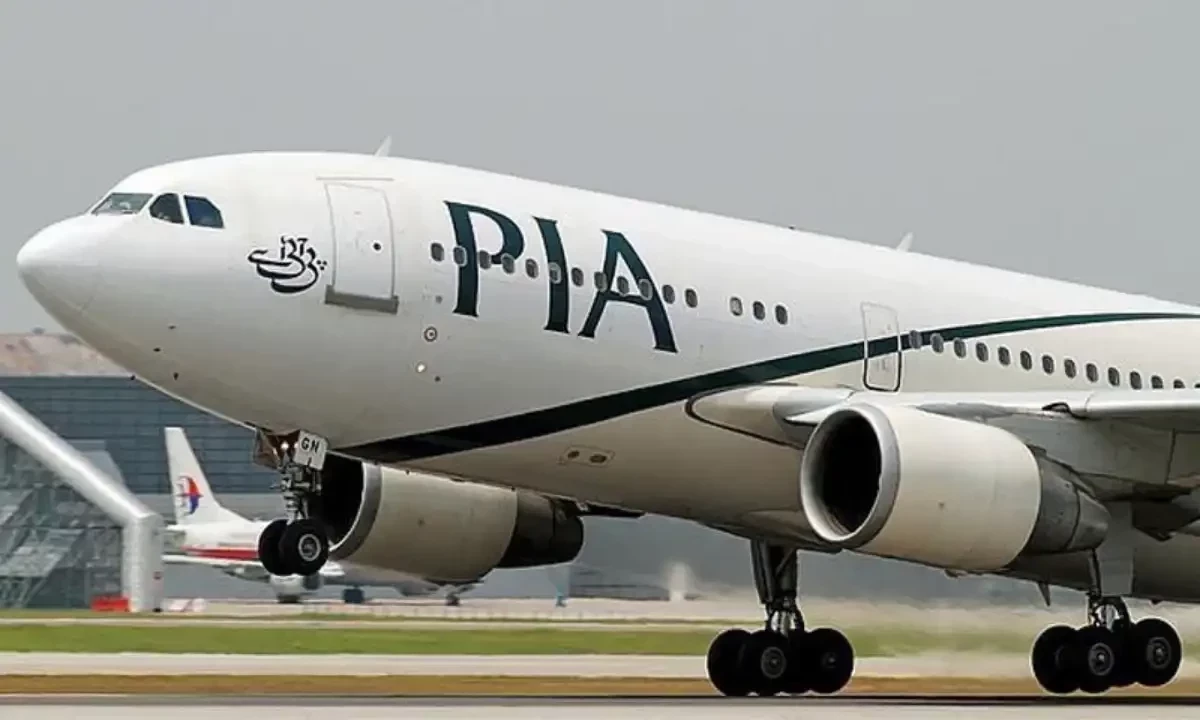The Pakistan Air Force (PAF) is set to take over the Precision Engineering Complex (PEC), a key business unit of Pakistan International Airlines (PIA), in a deal valued at Rs6.5 billion. The transaction marks a major step in PIA’s restructuring process, aimed at offloading non-core assets and managing its staggering financial liabilities.
Transaction Details and Payment Structure
PAF will acquire PEC for Rs6.5 billion, with Rs2.5 billion paid in cash over a five-year period. The remaining Rs4 billion will address pensions and provident fund liabilities for both current and retired employees.
This acquisition has been approved by a ministerial committee and awaits formal approval from the federal cabinet. A special-purpose vehicle (SPV) will be established to oversee the transaction.
PEC: A Strategic Asset
PEC, a subsidiary of PIA, specializes in manufacturing precision parts for the aerospace and other industries. It is considered a valuable asset, though it has faced financial challenges.
- Assets and Liabilities:
- Total assets: Rs1.2 billion
- Total liabilities: Rs2.9 billion
- Negative equity: Rs1.73 billion
Despite its financial constraints, PEC’s capabilities make it a strategic acquisition for PAF.
Related Post
- Punjab to Introduce Advanced Chinese Medical Technology for Cancer Treatment
- New Fines for Late Vehicle Registration Announced What You Need to Know
Employee Welfare Secured
PAF has committed to maintaining existing employee contracts, ensuring no changes to pay, allowances, pensions, or other benefits. It will also manage the financial obligations of 259 retired employees and 251 current staff members.
Privatization Challenges
This deal comes after failed attempts to privatize PIA, where offers from bidders fell far below expectations. In October, the government received a single bid for PIA’s 60% shares, amounting to Rs10 billion, against a minimum reserve price of Rs85 billion.
Impact of the Acquisition
The acquisition of PEC by PAF aligns with broader efforts to stabilize PIA by divesting non-core assets and streamlining operations. This approach also secures PEC’s operational future while easing the burden on PIA’s balance sheet.
Conclusion
The transfer of PEC to PAF represents a significant milestone in the ongoing restructuring of PIA. By ensuring employee welfare and leveraging PEC’s expertise under PAF’s management, this move could foster financial stability and operational efficiency.


I hope it turns out all good for everyone and many prospect years